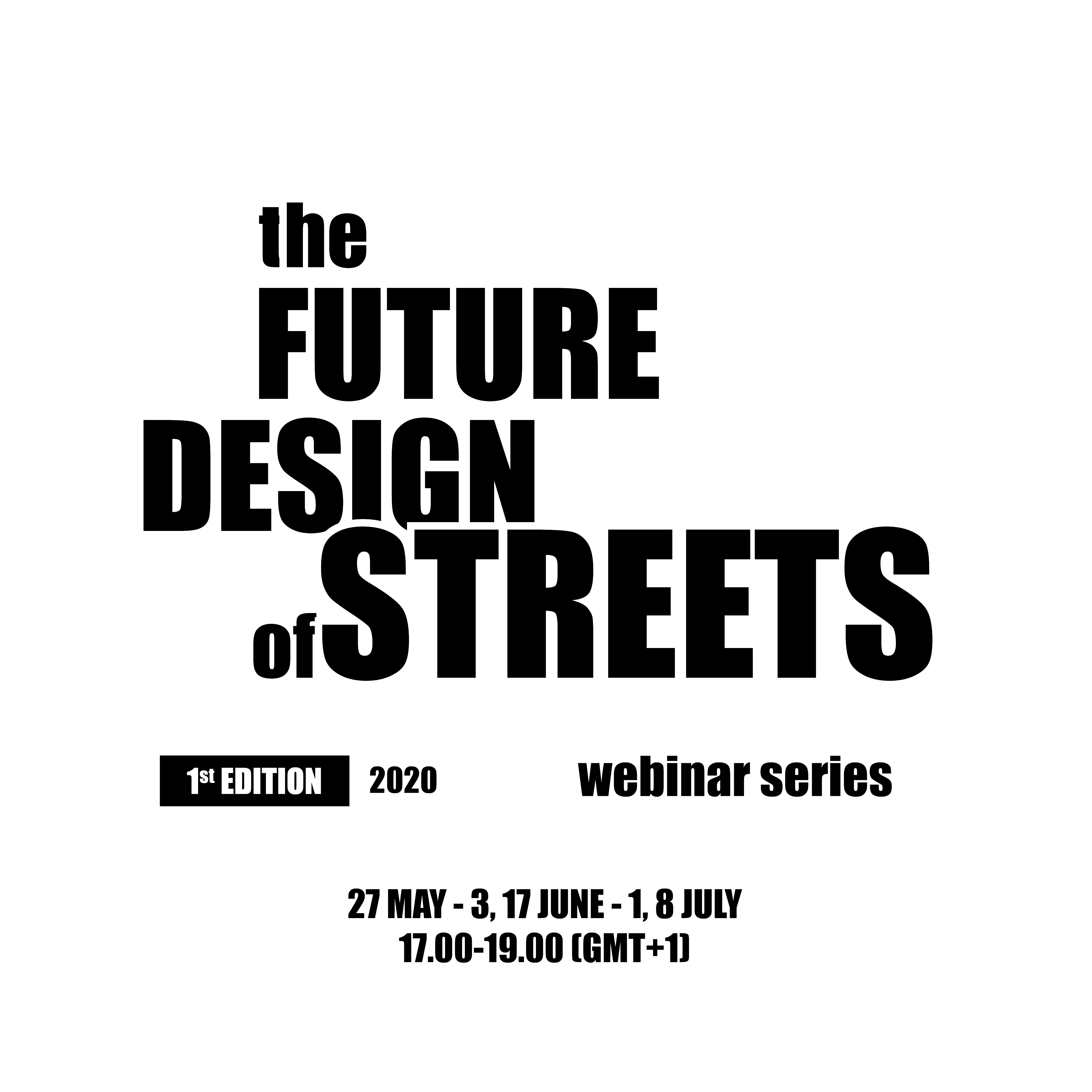Streets are important spaces in urban areas and form resilient collective spaces for all of us. Streets are adaptable by their ability to integrate new uses and new technologies. Now and tomorrow. Within the balance of new societal, sustainable and technological challenges and demands, street design must be redefined. In five sessions ´The Future Design of Streets´ was explored and shared by various speakers from different countries. What are possible new strategies for street design? Who is using the street space? How can we design and improve streets? And, which questions are important to ask?
Streets are more than ever a social human space, to meet and to move. Spaces of interactions and conflicts. Spaces for cultural and economic activities. Ecological spaces for flora and fauna. Human spaces that are full of tales, with individual stories and collective histories. Streets are physical spaces that are constructed layer by layer, adding and replacing components and sub-systems, changing streets every time into contemporary spaces. The urban world is facing major challenges for equal and participative societies, sustainable environments and new technologies. What if work and education will be closer to our homes, turning the neighbourhood scale for more people the main daily urban system. How can spatial planning react better to challenges on sustainability and climate change? Shall streets be transformed into ecological spaces? Why should it be possible to move always and everywhere? Is fast mobility a right or a possibility? What can we expect on novel mobility technology and artificial intelligence? Shall we appreciate more walking and cycling? And, what is the impact on how we use and design streets? Shall we use streets more as a social space? In this Webinar Series, we opened up our spectrum to share and understand the wide possibilities on Street Design. The aim was – and is - to define the future design assignment, for new streets and adaptation of existing streets, by recognising the diversity and complexity of urban life. Within a context of uncertainties and new possibilities a whole range of new street types can be re-imagined. This inquires a critical look on how we can design our streets of the future. In a series of short presentations and open talks, we explored this through the lens of five themes.
The webinar series took place in the period May-July 2020. All sessions are still available to watch. See red arrows below.

SESSIONS
Ring, Ring!
Bike streets, street design for bike movements
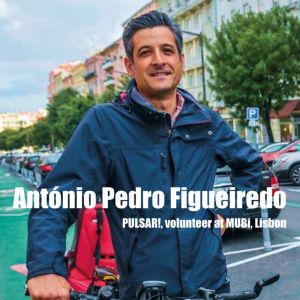
António Pedro Figueiredo, architect / urban designer, PULSAR! / volunteer at MUBi, Lisbon
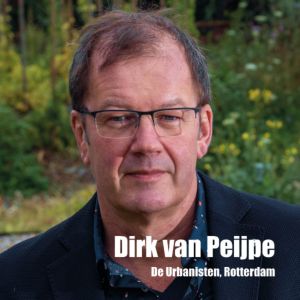
Dirk van Peijpe, urban designer, De Urbanisten, Rotterdam
Be involved!
Lively streets, the importance of good plinths

Robert Mantho, architect / senior lecturer, Mackintosh School of Architecture, Glasgow School of Art

Hans Karssenberg, spatial planner, Placemaking Europe / Stipo, Rotterdam

João Machado, architect, colectivo Oitoo, Porto
Let´s do it!
Friendly streets, the impact of temporary uses
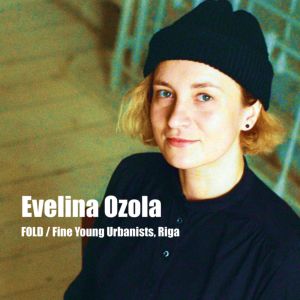
Evelina Ozola, architect, FOLD / Fine Young Urbanists, Riga
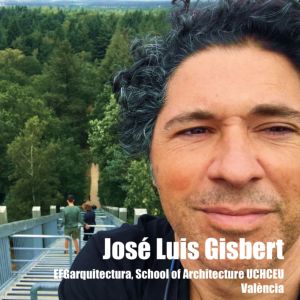
José Luis Gisbert, planner / urban designer / associated lecturer, uLAB School of Architecture UCHCEU València / EFGarquitectura
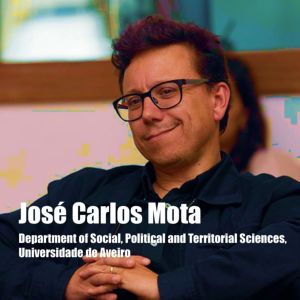
José Carlos Mota
, associate researcher, Department of Social, Political and Territorial Sciences, Universidade de Aveiro
Go Natural!
Eco streets, about ecology and climate change
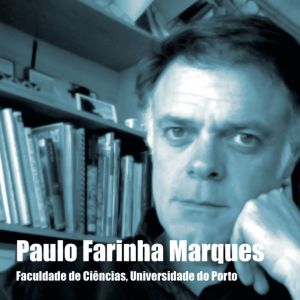
Paulo Farinha Marques, landscape architect / associate professor, Faculdade de Ciências, Universidade do Porto
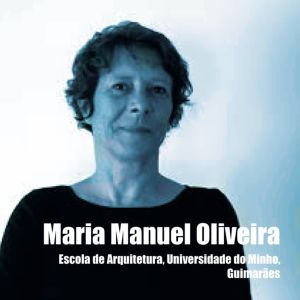
Maria Manuel Oliveira
, architect / associate professor, Escola de Arquitetura, Universidade do Minho, Guimarães
Go walking!
Walking streets, for all

Francesc Magrinyà
, urbanist / civil engineer, Universitat Politècnica de Catalunya, Barcelona
David Vale
, urban and transport planner / geographic data scientist, Faculdade de Arquitetura, Universidade de LisboaMODERATION, INITIATIVE, ORGANISATION
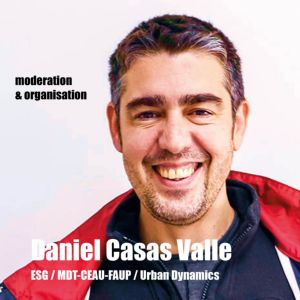
Daniel Casas Valle
, urban designer / researcher / invited professor, Escola Superior Gallaecia, Vila Nova de Cerveira / Escola de Arquitetura, Universidade do Minho, Guimarães / Research group Morfologias e Dinâmicas do Território, Centro de Estudos de Arquitectura e Urbanismo, Faculdade de Arquitetura, Universidade do Porto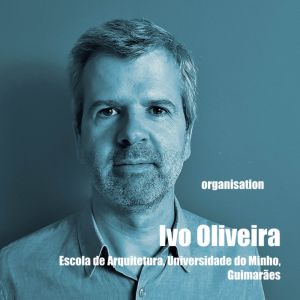
Ivo Oliveira
, professor auxiliar da escola de arquitetura da universidade do minho / investigador do Laboratório Paisagens PatrimónioWEB, COMMUNICATION

Bruno Moreira, architect / researcher, Research group Morfologias e Dinâmicas do Território, Centro de Estudos de Arquitectura e Urbanismo, Faculdade de Arquitetura, Universidade do Porto

Teresa Correia, graphic designer, Escola Superior Gallaecia, Vila Nova de Cerveira
ORGANISATIONS

Escola Superior Gallaecia, Vila Nova de Cerveira
Escola da Arquitetura, Universidade do Minho, Guimarães
Research group Morfologias e Dinâmicas do Território, Centro de Estudos de Arquitectura e Urbanismo, Faculdade de Arquitetura, Universidade do Porto
CONTACT: mail@thefuturedesignofstreets.eu
